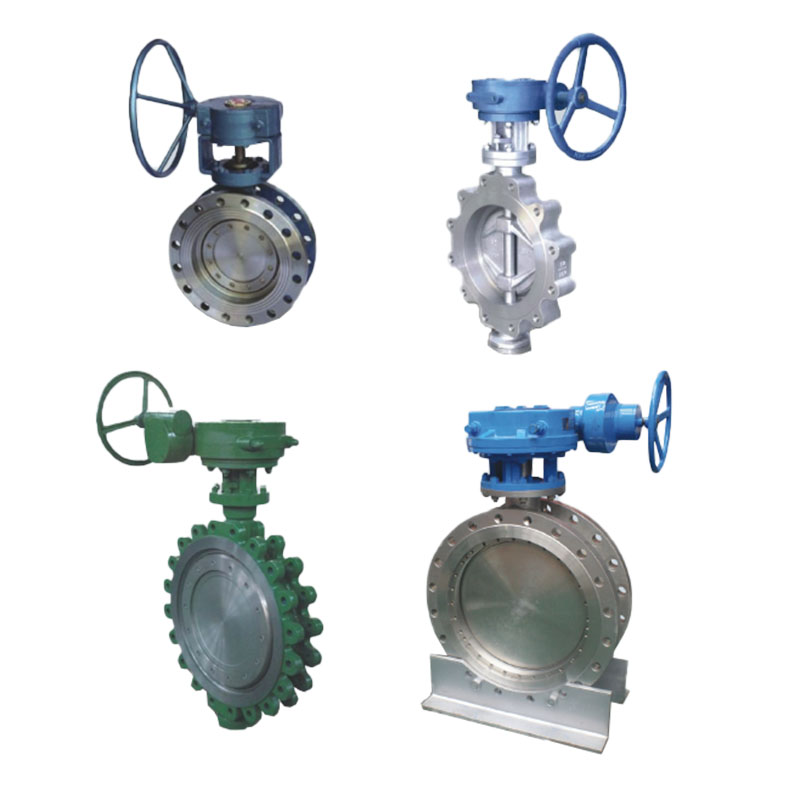Zhejiang Shunlin Valve Co., Ltd. is China Flange Valve Manufacturers, we are design and manufactures API standard valves (globe valves, gate valves, check valves, ball valves).
Types of Check Valves
Update:2023-11-23 6:00:00 Thursday
Summary:A check valve allows fluid to flow in one direction and prevents backflow and pressure loss. It is a crucial element of any pipe system and is found in a multitude of applications to ensure proper operation of equipment such as pumps, compressors, et......
A check valve allows fluid to flow in one direction and prevents backflow and pressure loss. It is a crucial element of any pipe system and is found in a multitude of applications to ensure proper operation of equipment such as pumps, compressors, etc.
There are a number of different types of check valves, each designed to serve a specific application or system. The type of check valve used must be selected based on the application and working conditions, as well as the desired performance characteristics.
The most common type of check valve is the swing check valve. It consists of a metal or resilient seat, a 60-90 degree swing, and a lever or spring to assist the closing of the valve. Swing check valves have a tendency to slam, however, due to the long stroke of the disc and friction in the seat seal. This can cause damage to the valve seat and other components and may also result in leakage. It is possible to alleviate this problem by adding air cushions, but they are not a necessary accessory for all applications.
Double flapper check valves are a more reliable design that eliminates leaking problems caused by the wear and tear of the valve seat and elastomers. They also have a higher flow capacity than swing check valves and are available in a wide range of sizes. This style of check valve is ideal for systems that have frequent pressure changes or are subject to reverse flow.
Poppet and wafer check valves are compact in size, making them perfect for use in narrow pipe systems and those that move solid or semi-solid media. They are designed to provide zero resistance to normal flow and full resistance (leakage) against reverse flow. These types of check valves are a good choice for line isolation, pump priming, and maintaining head pressure in a system.
Ductile iron is an excellent material for use in check valves as it can be formed into a variety of shapes and is very durable. Stainless steel is also used in check valves and offers excellent corrosion resistance. Polypropylene and Polyvinylidene Fluoride (PVDF) are other popular thermoplastics for check valves as they offer exceptional strength, durability, and resistance to a wide array of chemicals.
A key to successful operation of any check valve is the selection of a suitable spring to close the valve. Too small of a spring will result in the valve opening and closing rapidly, which can cause premature wear on the moving parts of the valve. Too large of a spring will cause the valve to slamme shut, which can cause unnecessary stress on the components and also result in a noisy and inefficient system.


 English
English 中文简体
中文简体 русский
русский







